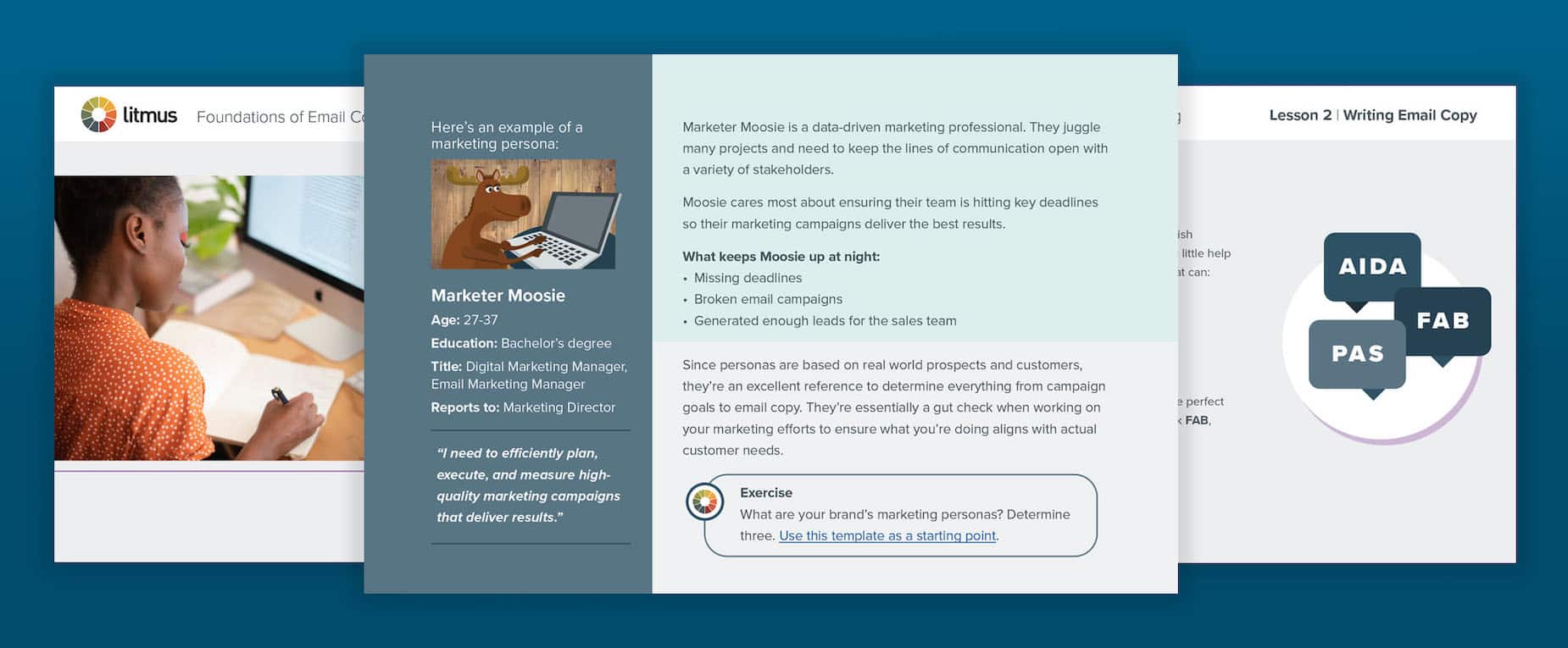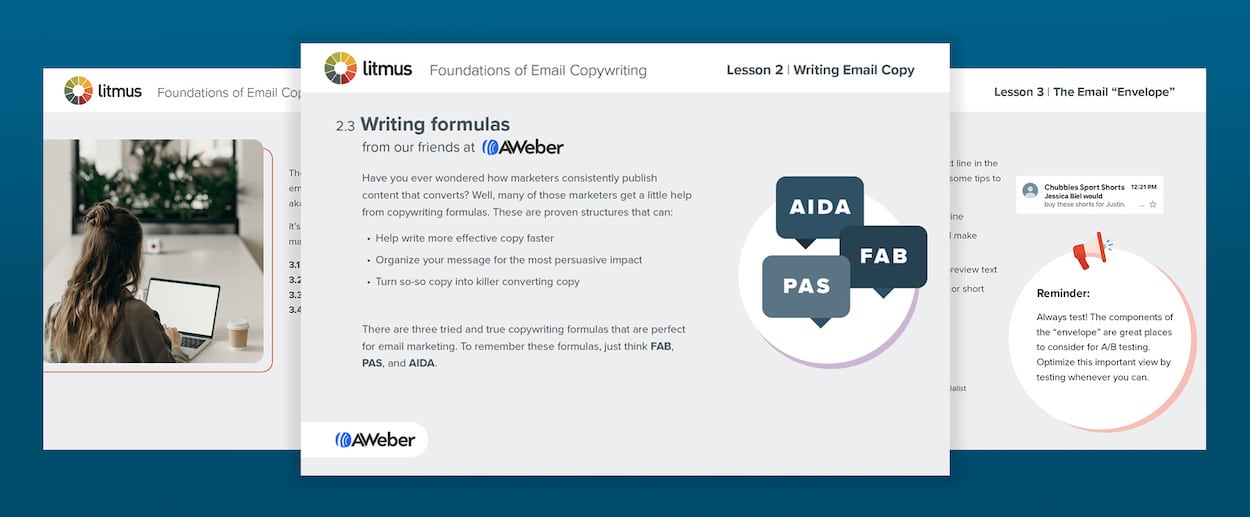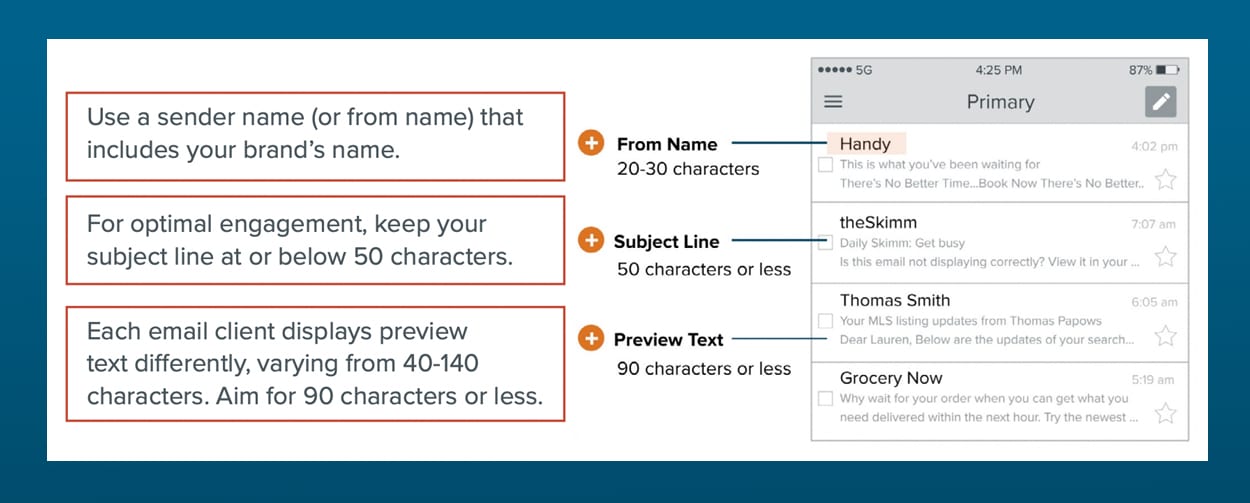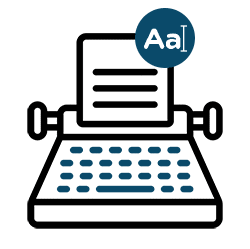Foundations of Email Copywriting: 3 Lessons for Email Marketers
Words bring your email campaigns to life! But the actual writing for email part can leave even the most seasoned writers scratching their head.
What’s the ideal character count for email subject lines? Should I go for short or long copy? How much is too much personality for this marketing email?
Email copywriting is a bit of nuanced art—and a science, too. It takes research, technique, trial and error, and of course, testing.
That’s why we (along with our email friends at AWeber) created Foundations of Email Copywriting—a collection of three, quick-to-digest lessons, covering the basics that every email marketer should know.
- Lesson 1: Finding Your Why
- Lesson 2: Writing Email Copy
- Lesson 3: The Email “Envelope”
Read on for a quick preview (or dive into Foundations of Email Copywriting today!).
Lesson 1: Finding Your Why
First things first: who are your subscribers? What brings them to your brand or business—and why does it matter to them?
Knowing your audience is crucial for email copywriting. If you aren’t clear on this, visit the source itself: your email service provider (ESP).
Every ESP will differ slightly, but you’ll be able to access basic level subscriber data, like subscriber name, name of their employer or business, industry role or title, and birthday.
From there, revisit your overall marketing and messaging strategy. You’ll likely have this determined—but if not:
- Determine your marketing personas (aim for three).
- Determine your brand voice and document them for visibility.
- Review your email program’s goals for better alignment across copywriting and overall marketing strategy.

Dive deeper: Discover examples for marketing personas and brand voice—plus a behind-the-scenes look at our approach in Foundations of Email Copywriting →
Lesson 2: Writing Email Copy
In email marketing, it’s important to write copy that’s short and concise—for a number of reasons.
- Reason 1: Short read rates. The average time subscribers spend with an email is only 8.97 seconds. If the average English silent reader reads 238 words per minute, that means the average subscriber only reads about 36 of your beautifully handcrafted words.
- Reason 2: Accessibility. Ensuring your copy is readable and easy to understand goes a long way in making your emails more accessible.
For writing formulas, a free copy framework, readability tools, and other important considerations, dive into Lesson 2 of Foundations of Email Copywriting →

Lesson 3: The Email “Envelope”
The first thing a subscriber sees when they receive your email is the subject line, preview text, and sender name. This is called the email “envelope.”

It’s precious email real estate that gives your subscribers the first impression of your brand or business. Make sure it counts!
Something important to note: truncation. Don’t let awkward truncation misconstrue your email subject line or preview text! Follow the ideal character counts, as shared Foundations of Email Copywriting.

Kimberly Huang
Kimberly Huang is a Content Marketing Manager at Litmus

